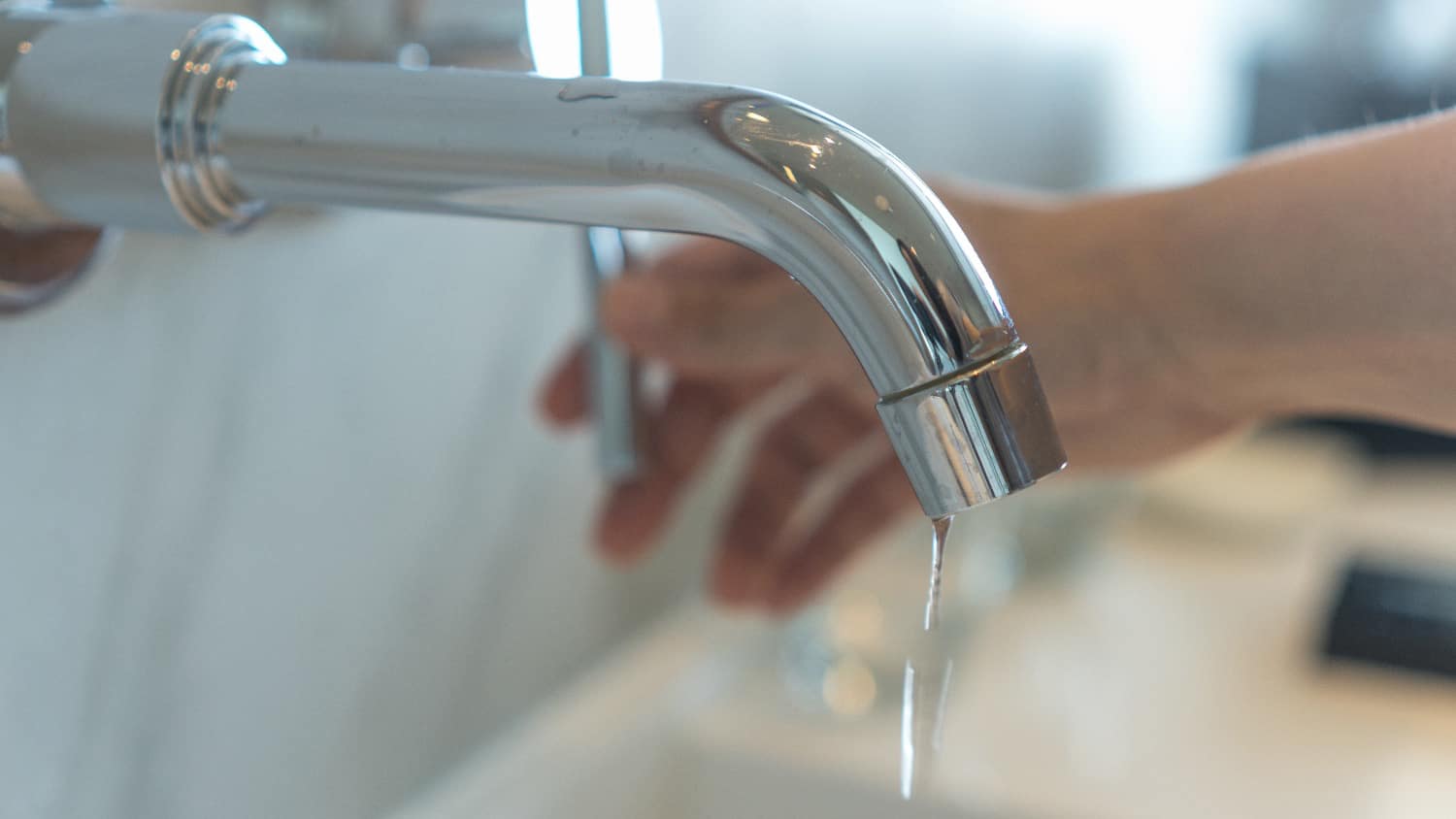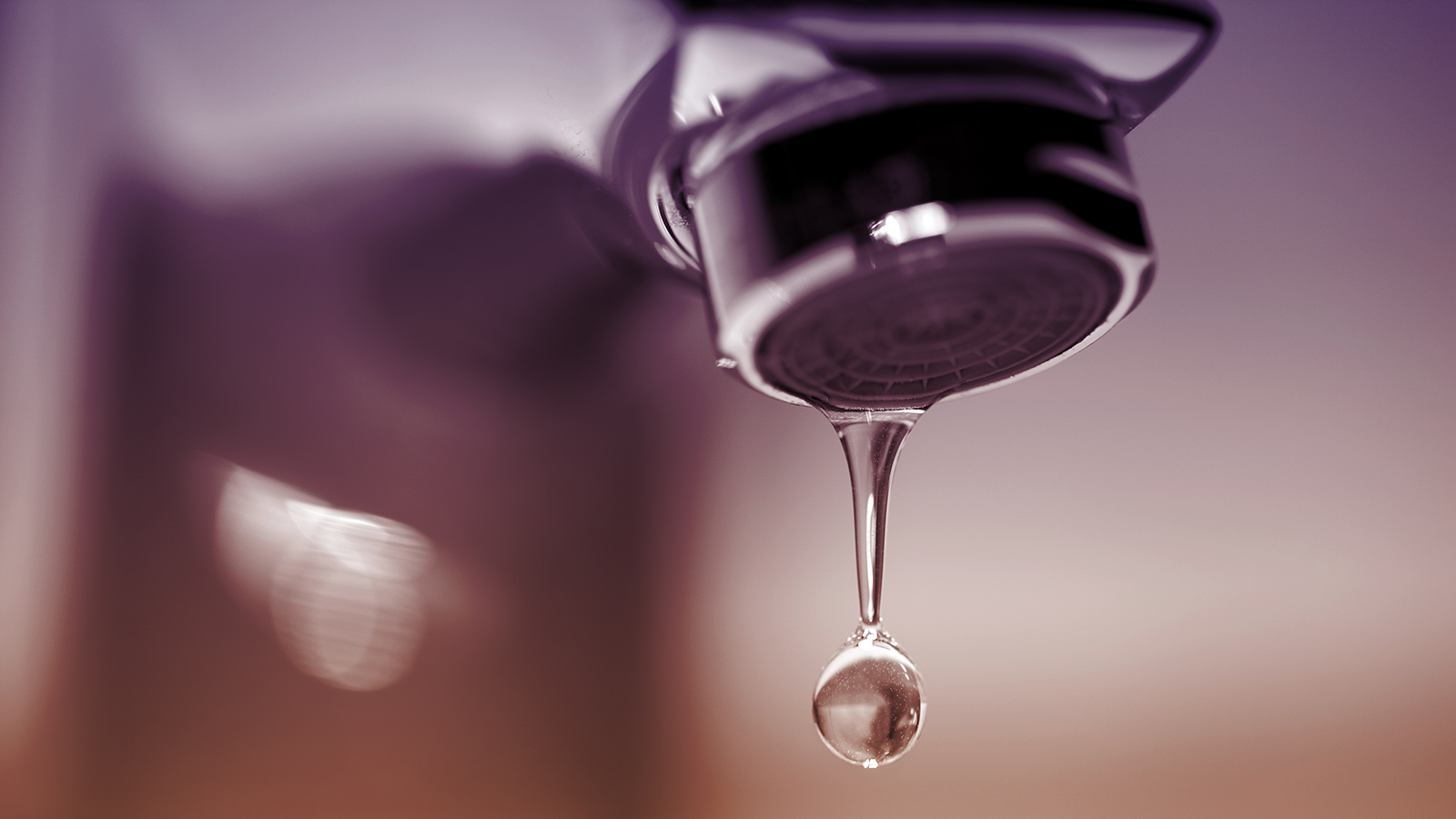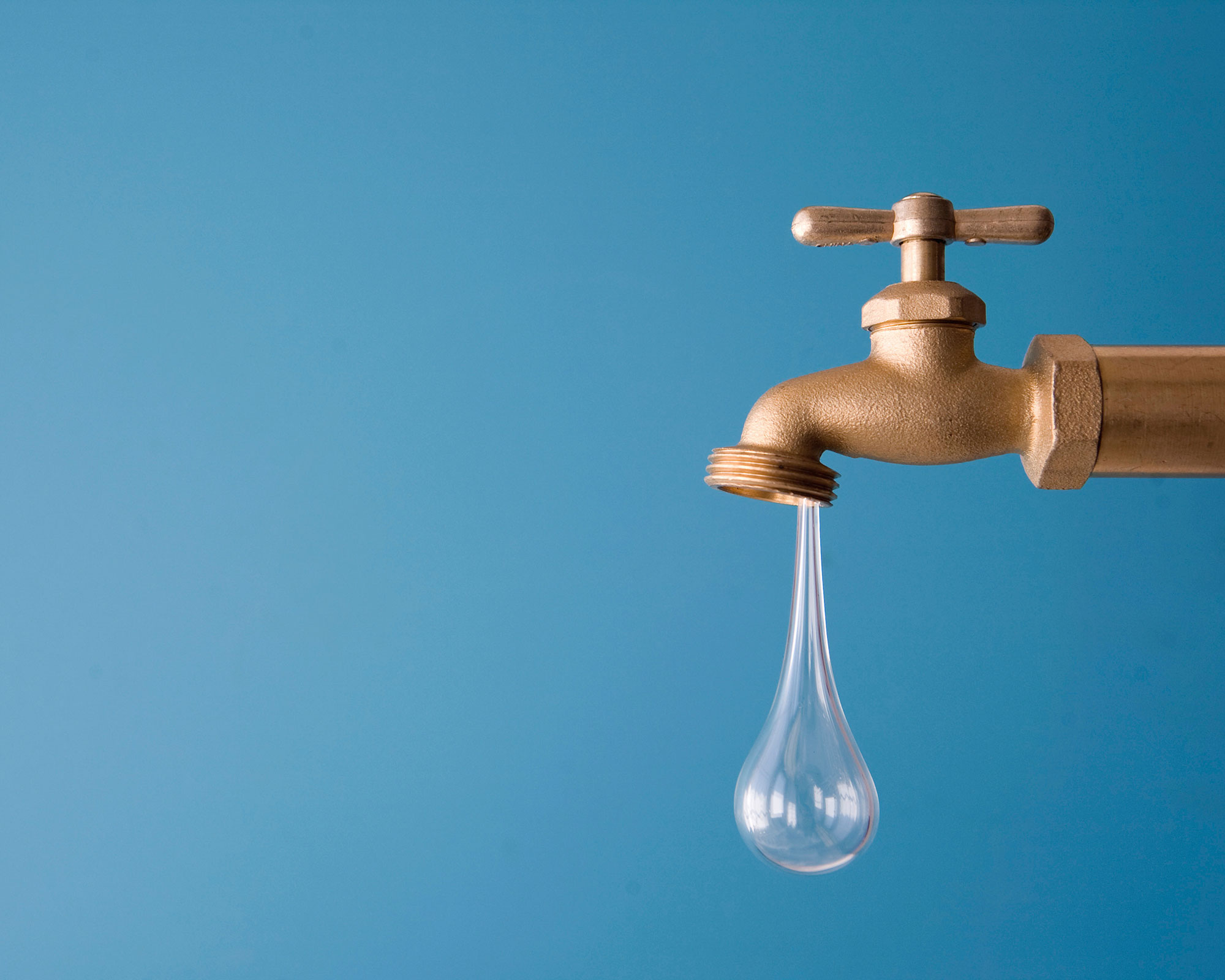Why are my faucets dripping? Dripping faucets can be an annoying and wasteful problem in any household. The constant dripping can disturb your sleep, add to your water bill, and even cause damage to your plumbing fixtures. Understanding the causes of dripping faucets is the first step in addressing the issue effectively. In this comprehensive guide, we will explore the common reasons why faucets drip and provide practical solutions to help you resolve the problem. By gaining insight into the causes and solutions, you can eliminate the annoying drips and conserve water in your home. Let’s delve into the world of dripping faucets and find the answers you need.

Worn Out or Malfunctioning Washers:
One of the primary causes of a dripping faucet is a worn-out or malfunctioning washer. The washer is a small rubber or silicone seal located inside the faucet handle. Over time, the washer becomes worn, deteriorated, or misaligned, leading to water leakage. Replacing the washer is usually a simple and inexpensive fix for this issue.
Loose or Deteriorated O-Rings:
O-rings are another essential component of faucets that can cause dripping if they become loose or deteriorated. O-rings are rubber seals located around the faucet’s stem. When they wear out or loosen, water can seep through, resulting in a dripping faucet. Replacing the O-rings can usually solve the problem and restore the faucet’s functionality.
Corroded Valve Seat:
The valve seat is a connection point between the outdoor faucets and the spout. If the valve seat becomes corroded or worn, it can cause water to leak around the spout, resulting in a dripping faucet. Correcting this issue usually involves cleaning the valve seat or replacing it if the corrosion is severe.
Malfunctioning Cartridge or Ceramic Discs:
Faucets that have a cartridge or ceramic disc mechanism can experience dripping when the cartridge or discs become worn or damaged. These parts control the flow of water through the faucet and can develop cracks or tears over time. Replacing the cartridge or discs is often necessary to stop the dripping and restore proper functionality.

High Water Pressure:
Excessive water pressure can also cause faucets to drip. When the water pressure is too high, it can strain the internal components of the faucet, leading to leaks and dripping. Installing a pressure-regulating valve can help regulate the water pressure and prevent faucet drips caused by high pressure.
Improper Installation or Faulty Plumbing:
In some cases, dripping faucets may be the result of improper installation or faulty plumbing. If the faucet was not installed correctly, or if there are underlying plumbing issues such as loose connections or damaged pipes, it can cause leaks and dripping. In such cases, consulting a professional plumber is recommended to diagnose and resolve the underlying plumbing issues.
Mineral Deposits and Sediment Build-up:
Mineral deposits and sediment can accumulate over time, particularly in areas with hard water. These deposits can clog faucet components, affecting their proper functioning and leading to dripping. Regular cleaning and maintenance can help remove mineral deposits and sediment build-up, keeping the faucet in good condition and preventing dripping.
Solutions for faucets dripping
Dealing with a dripping faucet can be both frustrating and wasteful. The constant drip not only interrupts your peace but also wastes a significant amount of water over time. Fortunately, there are several effective solutions to solve this common household problem.

Replace Worn-Out Washers:
If you have a compression faucet, the most common cause of dripping is a worn-out washer. Follow these steps to replace the washer:
- Turn Off the Water: Shut off the water supply to the black faucets by turning off the water valves under the sink.
- Disassemble the Faucet: Use a screwdriver or wrench to remove the faucet handle. Once the handle is off, use pliers to unscrew the packing nut that holds the faucet’s stem in place.
- Remove and Replace the Washer: Take out the old washer and replace it with a new one of the same size and type. Ensure it fits snugly into the faucet’s stem.
Fix Loose or Deteriorated O-Rings:
For faucets with cartridge or ball mechanisms, dripping may be caused by loose or deteriorated O-rings. Follow these steps to fix the issue:
- Turn Off the Water: Locate and turn off the water supply valves under the sink.
- Remove the Handle: Using a screwdriver or an Allen wrench, remove the handle of the faucet, exposing the cartridge or ball mechanism.
- Examine the O-Rings: Inspect the O-rings around the cartridge or ball. If they appear loose or deteriorated, remove them carefully.
- Replace the O-Rings: Take the old O-rings to a hardware store to find replacements of the same size and type. Lubricate the new O-rings with plumber’s grease and slide them onto the cartridge or ball.

Clean or Replace the Valve Seat:
A corroded or worn-out valve seat can cause a bronze faucets to drip. Here’s how to clean or replace it:
- Turn Off the Water: Shut off the water supply under the sink.
- Disassemble the Faucet: Remove the faucet handle, packing nut, and stem. Inspect the valve seat at the bottom of the faucet’s body.
- Clean the Valve Seat: If the valve seat appears dirty or corroded, use a small brush or cloth to clean it. Ensure there are no rough spots or debris remaining.
- Replace the Valve Seat (if necessary): If the valve seat is severely damaged or pitted, you may need to replace it. Take note of the faucet’s make and model to find the correct replacement part. Follow the manufacturer’s instructions for installing the new valve seat.
Conclusion:
Dripping faucets are a common household nuisance that can lead to wasted water, higher bills, and even plumbing damage. By understanding the causes of dripping faucets, you can take the necessary steps to address the problem effectively. Whether it’s replacing worn-out components, regulating water pressure, or cleaning mineral deposits, there are various solutions available to stop the drip. If you’re unsure of the cause or unable to resolve the issue yourself, it’s wise to consult a professional plumber who can diagnose and fix the problem efficiently. Don’t let the annoyance and wastefulness of dripping faucets persist in your home—take action to conserve water, save money, and restore the functionality of your plumbing fixtures.

